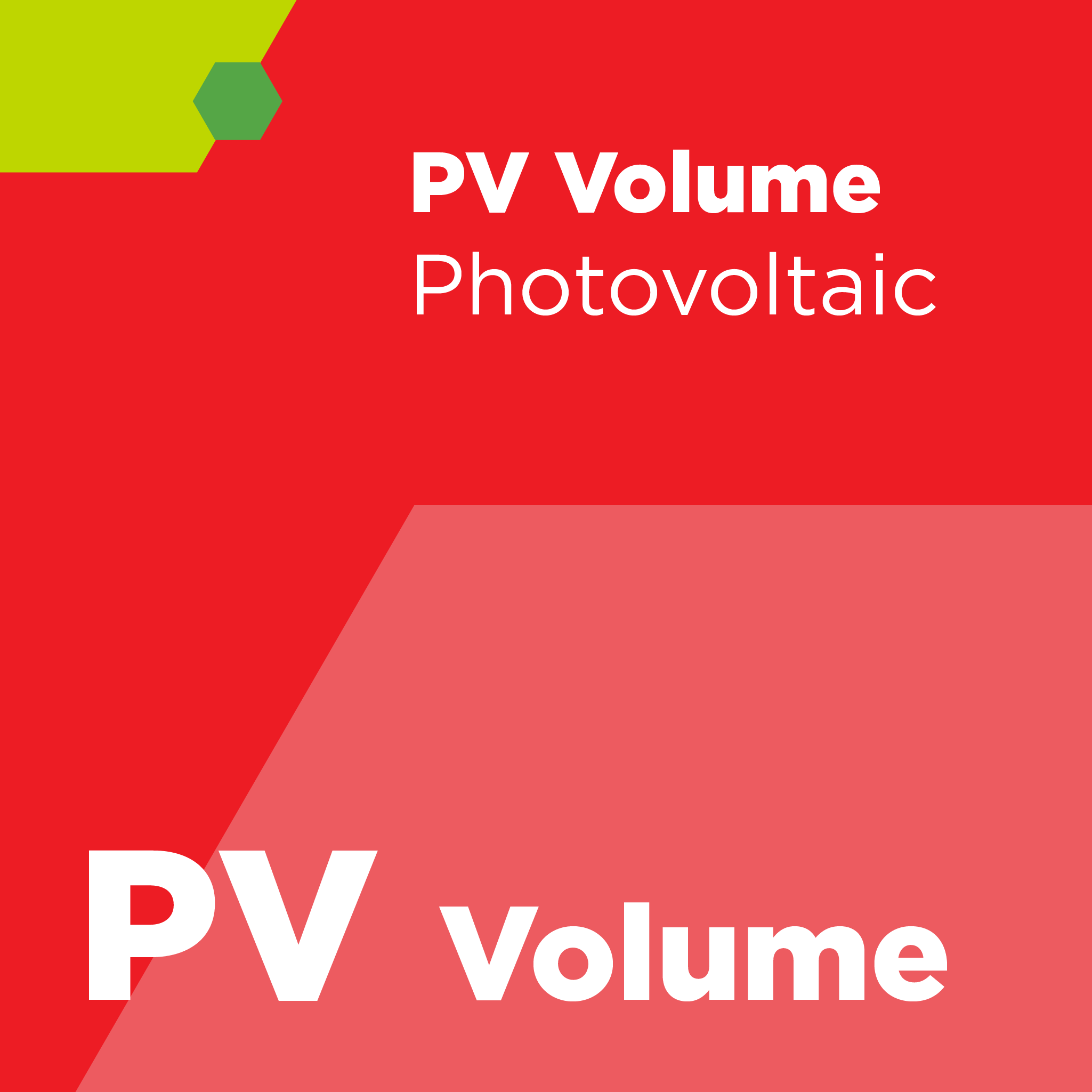
SEMI PV9 - Test Method for Excess Charge Carrier Decay in PV Silicon Materials by Non-Contact Measurements of Microwave Reflectance After a Short Illumination Pulse -
Abstract
This Standard was technically approved by the Photovoltaic - Materials Global Technical Committee. This edition was approved for publication by the global Audits and Reviews Subcommittee on December 4, 2015. Available at www.semiviews.org and www.semi.org in December 2015; originally published October 2010; previously published June 2011.
If the free carrier density of a semiconductor is not too high, the excess charge carrier decay time (in short, ‘decay time’) is controlled by impurity centers that have energies located in the forbidden energy gap. Many metallic impurities form such recombination centers in silicon and affect solar cell efficiency by reducing the decay time. For high efficiency cells the decay characteristics must be carefully controlled to obtain the desired high performance device.
This Test Method covers a procedure for measuring decay time in a variety of types of single crystal and multicrystalline silicon wafers, bricks and ingots. The procedure is based on the microwave photoconductance decay (µ-PCD) method in which the decay of the conductance after photoexcitation is determined by the decay time of the photogenerated excess carriers.
This Test Method covers the measurement of excess carrier decay appropriate to carrier recombination processes in n- or p-type, single crystal or multicrystalline silicon materials. The room-temperature resistivity of the specimen should be greater than a limit that is determined by the sensitivity of the detection system and is normally in a range from 0.05 to 10 Ω·cm. This Test Method may be applied to the measurement of excess carrier decay in bricks, ingots, or as-cut, lapped, etched, or polished wafers, provided that the sensitivity of the conductivity detection system is adequate.
Referenced SEMI Standards
SEMI M59 — Terminology for Silicon Technology
SEMI MF42 — Test Methods for Conductivity Type of Extrinsic Semiconducting Materials
SEMI MF43 — Test Methods for Resistivity of Semiconductor Materials
SEMI MF84 — Test Method for Measuring Resistivity of Silicon Wafers With an In-Line Four-Point Probe
SEMI MF533 — Test Method for Thickness and Thickness Variation of Silicon Wafers
SEMI MF673 — Test Methods for Measuring Resistivity of Semiconductor Slices or Sheet Resistance of Semiconductor Films with a Noncontact Eddy-Current Gage
SEMI MF723 — Practice for Conversion Between Resistivity and Dopant Density for Boron-Doped, Phosphorus-Doped, and Arsenic-Doped Silicon
SEMI MF978 — Test Method for Characterizing Semiconductor Deep Levels by Transient Capacitance Techniques
SEMI MF1530 — Test Method for Flatness, Thickness, and Thickness Variation of Silicon Wafers by Automated Noncontact Scanning
SEMI MF1535 — Test Method for Carrier Recombination Lifetime in Silicon Wafers by Non-Contact Measurement of Photoconductivity Decay by Microwave Reflectance
 |
Interested in purchasing additional SEMI Standards? Consider SEMIViews, an online portal with access to over 1000 Standards. |
Refund Policy: Due to the nature of our products, SEMI has a no refund/no exchange policy. Please make sure that you have reviewed your order prior to finalizing your purchase. All sales are final.

This product has no reviews yet.